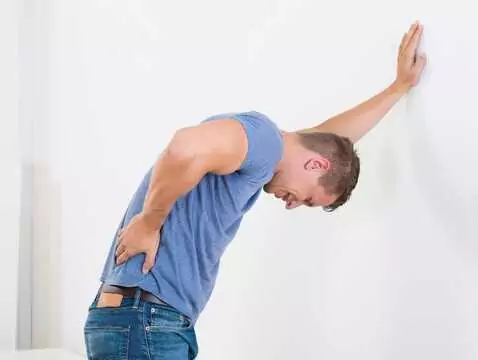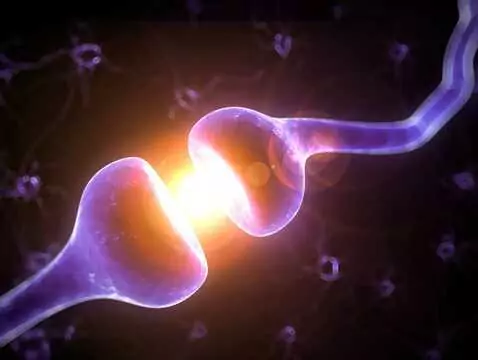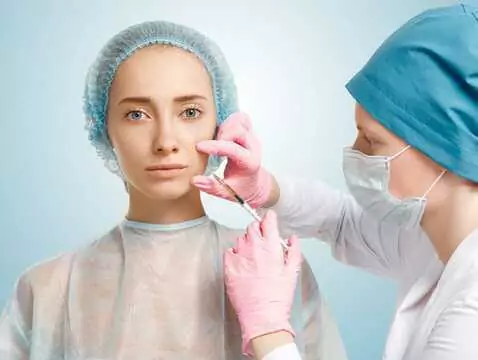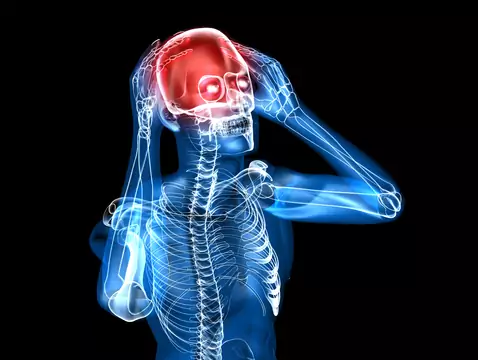De Quervain's syndrome is a condition involving inflammation of the tendon sheaths of the wrist - limiting the dexterity of the hand and making it difficult to carry out simple daily activities. The condition is known as 'mother's thumb' (pain radiates from the thumb to the forearm. Swelling and inflammation occur). The condition usually affects painters, athletes and, increasingly, young people who overuse tablets and phones.
Conservative treatment is used:
- pharmacology (non-steroidal anti-inflammatory drugs. Sometimes steroid injections are used, which are administered intrathecally);
- rehabilitation (cryotherapy, iontophoresis, whirlpool bath - relieve pain and have an anti-inflammatory effect).
Exercises appropriately selected by an experienced physiotherapist help to improve the hand with positive results.
Exercises include:
- physical therapy (including ultrasound waves);
- manual therapy of soft tissues (restoration of flexibility and mobility);
- neuromobilisation (manual therapy affecting nerve tissue structures);
- kinesiotaping (application of special elastic plasters to affected tendons and the wrist area)
- therapeutic exercises (stretching and loosening of affected tendons);
- PRP (platelet-rich plasma treatment, the use of which helps improve and accelerate the healing of damaged tissues).
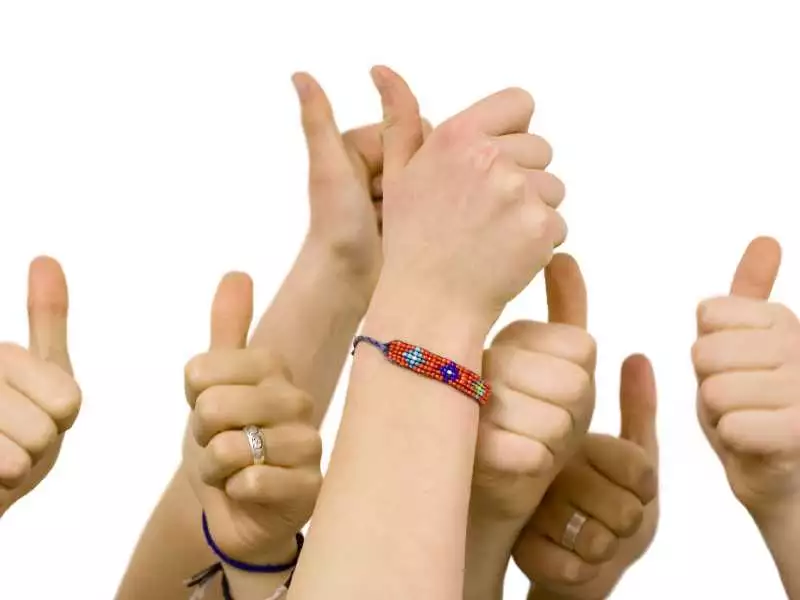 photo: panthermedia
photo: panthermedia
When the above-mentioned therapies do not have the desired effect or the symptoms of Quervain's Syndrome return - surgery is performed.
The procedure is carried out under local anaesthetic and involves widening the lumen of the thickened tendon sheath and decompressing the tendon passing through it. The wound is then sutured and a drain and soft dressing are placed. For a few days after the procedure, pain in the thumb and hand, as well as numbness in the fingers, is felt.
After the operation, physical therapy and exercises for the fingers (especially the thumb) are recommended. In addition, holding the operated hand high during the day and night.
As with any surgical procedure, complications can also arise, including the following.
- haematomas and swelling of the hand
- restriction of hand mobility
- infections;
- nerve or tendon damage.
Important! Successful treatment of de Quervain's Syndrome is linked to modification of the current lifestyle - involving relieving pressure on the affected limb.





